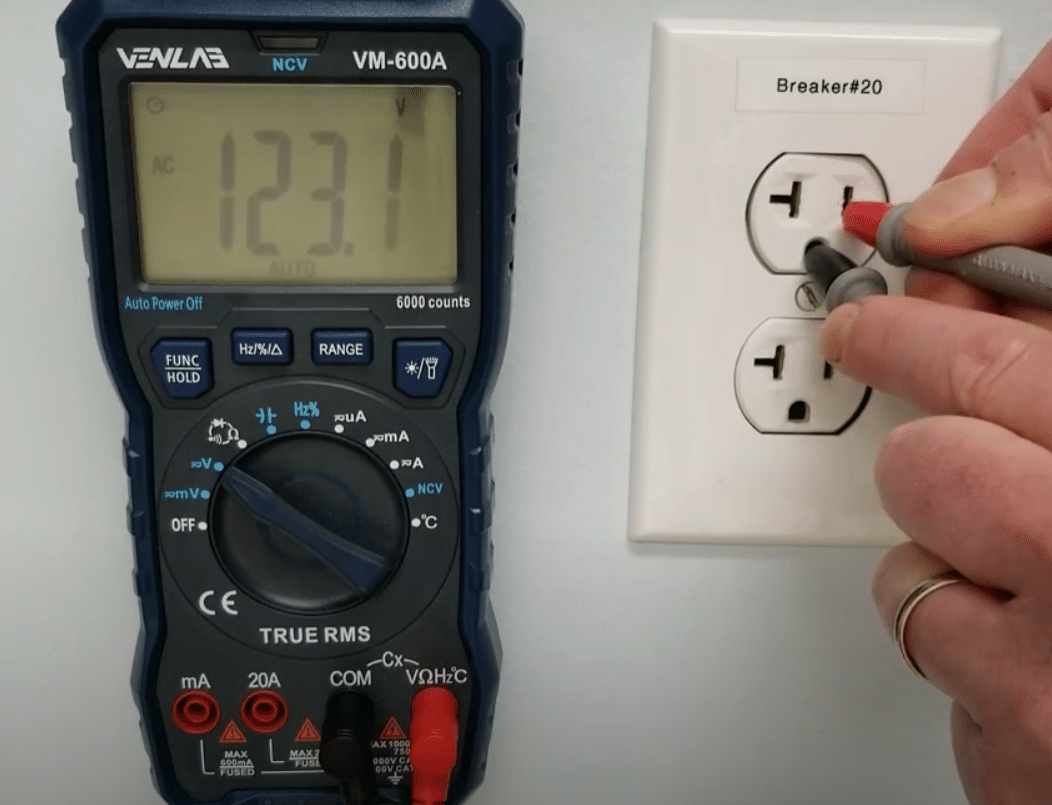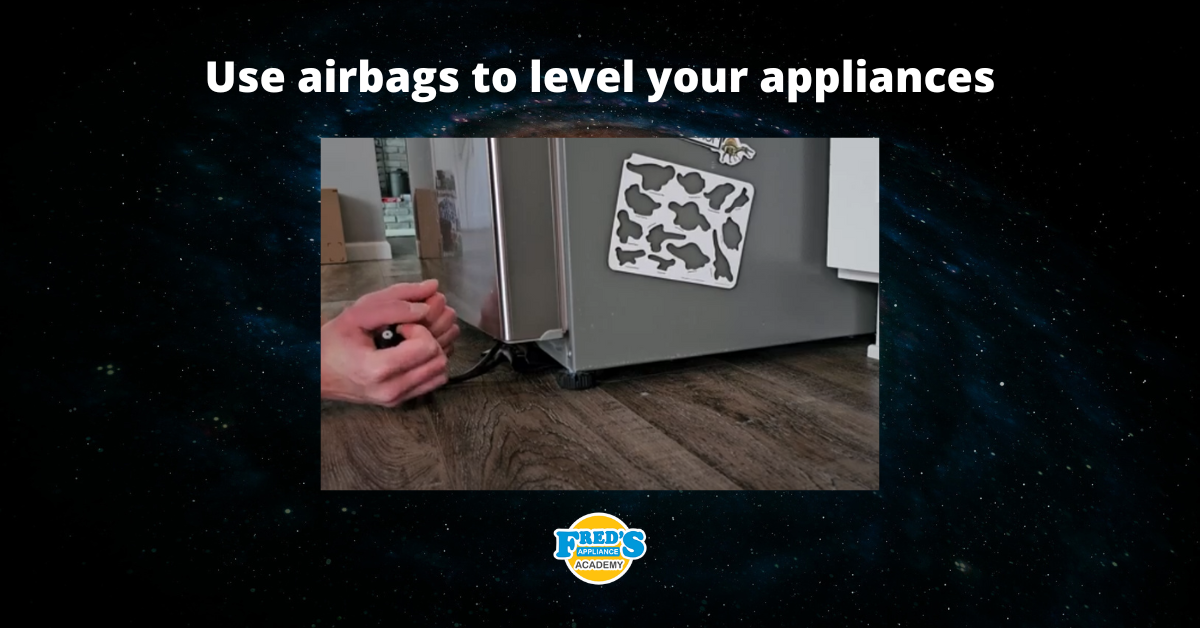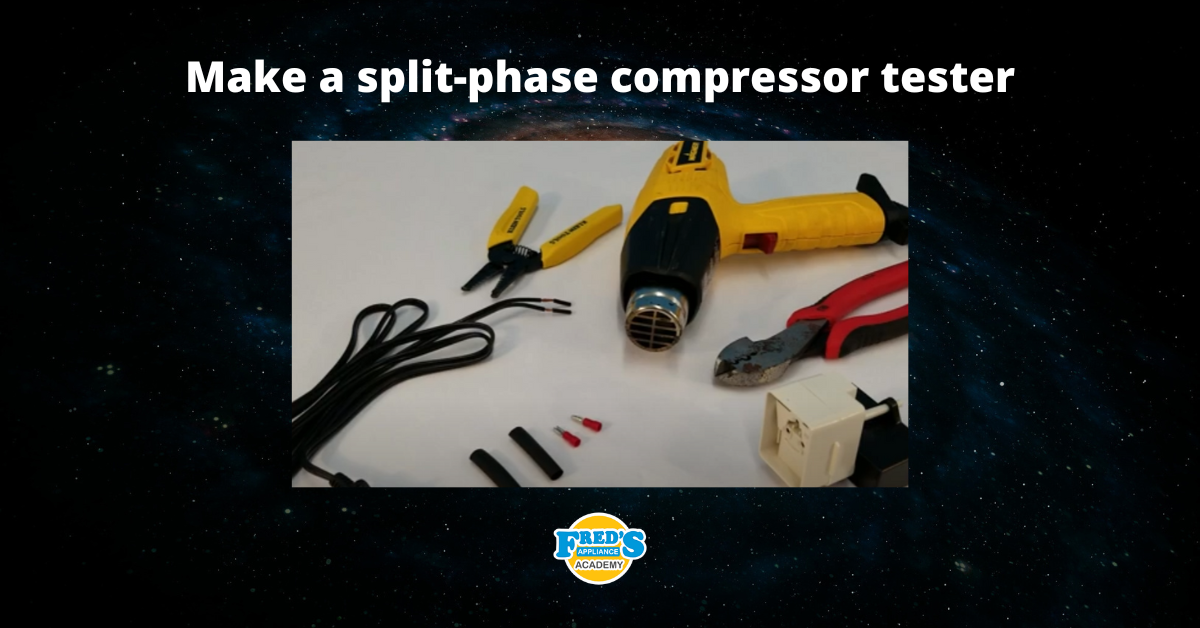
Understanding your common household outlets.
Here we have a standard 120-volt outlet, and this is going to be rated for 15 amps. This inlet here is going to be your hot, over here will be your neutral, and the half-moon shape down below will be your ground.
To give you a little bit better example here, we have a 120-volt outlet. This one is rated for 20 amps, and we can see that by the little slot in the neutral. So we're going to go ahead and put our meter leads in hot and then neutral where we should be getting 120 volts. Next, remove it from the neutral and go to ground where we get 120. And then we go from neutral to ground where we should get nothing.
The two cords that would pair with this outlet would be your standard three-prong as well as the two-prong. And the three prong is standard because it has a ground on it as where we can see the two prong has no ground. And this type of plug should only be used with double-insulated devices, meaning that no hot wire in that device can make contact with the outer shell of the device, posing a risk of electrical shock or even electrocution. These outlets are the standard outlets found in your household today.
Here we have your GFCI, which stands for ground fault circuit interrupter, and it's basically just a standard 120-volt outlet, with the exception is it has a test and reset button. And what this does, is if water comes in contact with this outlet, the excessive voltage goes up the neutral wire and it trips the outlet killing the power and thus protecting you from being shocked or electrocuted. It is standard in your household, or we could say that it is standard code. This must be installed within six feet of a water supply. Its counterpart would be the AFCI, which looks almost identical to it except for the labeling on the outlet itself. Instead of saying GFCI, it would say AFCI.
It is the new code in which all modern houses must be protected by arc fault, meaning if an appliance or a device were to arc internally, that current is picked up on the neutral wire. It trips again, just like the GFI does, and prevents the user from being shocked or electrocuted. Instead of having your actual outlet be the arc fault circuit interrupter, in a modern application, the whole house is protected via the breaker and this is what the breaker would look like. It has a little test button right here, as well as toggling on and off like any standard breaker. They also can be identified by having labeled AFCI on them and having a neutral wire attached to the breaker itself.

How to test a gas range ignitor

Congrats to our graduating March 2024 class

How to test a 120 volt receptacle

Congrats to our graduating February 2024 class

Why Is Your Dishwasher Soap Not Dissolving? (5 Easy Fixes)

Refrigerator Dripping Water Inside? 5 Quick Fixes

Appliance Industry 2023 Q4 Results

Congrats to our graduating January 2024 class

Clever ways to use airbags to level your appliances



